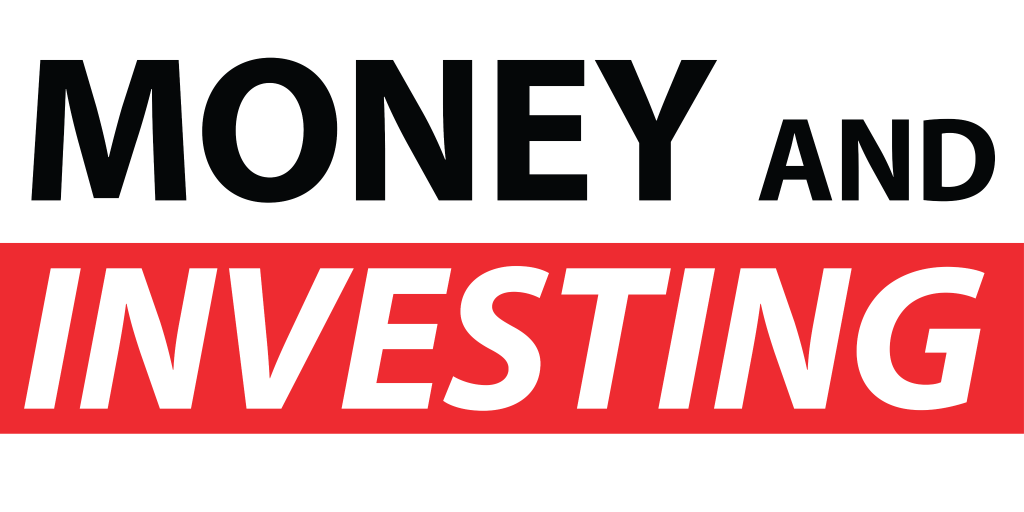In today’s economy, having a reliable income and solid risk management in place has never been more important. If you’re an investor looking for a practical, repeatable way to earn income while managing market ups and downs, the Cash Flow on Demand strategy has been a go-to option for over 20 years.
So, what makes it work so well?
Let’s look at it through a professional lens. This isn’t some overnight fix. It’s a strategy grounded in experience, education, and consistency. At its core are three simple pillars: buying the right assets, generating regular income, and managing risk.
Where Cash Flow on Demand Started
Cash Flow on Demand was born from a pretty common need: how to earn steady income while keeping market risks in check. Back when we were running a broking business, one of the biggest challenges was keeping clients long term. People came and went, and the revenue was just too patchy. The turning point? Education. When clients understood what they were doing, they not only did better, they stuck around. And that was a win for everyone.
The strategy was always designed with the investor in mind. You get the upside of owning assets that can grow in value, plus regular income and protection from downside risks. Not everyone can cough up a 20% deposit on a property these days, but the share market gives you another way in using tools like shares and ETFs that are far more accessible.
The Three-Step Cash Flow on Demand System
The method is simple:
-
- Buy the asset
- Generate income
- Manage the risk
Each step is backed by data, timing, and solid education.
Step 1: Buy the Asset
This starts with buying shares or ETFs in blocks of 100. That’s not a random number; it’s the standard size for options trading, which comes into play later. You can apply the strategy to Aussie or global markets, depending on what suits your goals and how much capital you’ve got.
Choosing what to buy isn’t guesswork. There are three types of analysis involved:
-
- Technical analysis: This is all about reading charts to spot good times to buy. It doesn’t predict the future, but it can show when something’s overbought or oversold.
- Fundamental analysis: This looks at the bigger picture: things like interest rates, political news, or market updates that move prices.
- Quantitative analysis: This matches how a stock behaves with how much risk you’re comfortable taking. For instance, if you’re more conservative, you’ll probably steer clear of high-volatility options like leveraged ETFs.
Together, these give you a smarter way to pick the right assets.
Step 2: Generate Income
Here’s the heart of it: earning consistent income, without waiting 6 months for a dividend.
How? By selling options.
Options often get a bad rap, but when used correctly, they’re one of the best tools out there for making money and managing risk. Even the ASX says that using options the right way can be less risky than holding shares on their own.
Here’s a simple way to think about it:
If you own shares, you can rent them out by selling an option. Instead of rent, you get paid a premium. That’s your income. And you can do this weekly, fortnightly, or monthly—whatever fits your cash flow needs.
It turns your capital into a more flexible, regular income stream.
Step 3: Manage the Risk
Making money is great. Keeping it is better.
Here’s how the strategy helps with that:
- Diversification: Don’t bet everything on one share or one sector. Spread it out to reduce your exposure to big market swings.
- Market timing: Buying at different times lowers the chance of jumping in at the peak.
- Stop losses: Know when to exit. A small loss is much easier to handle than a big one.
- Protection through options: You can also use put options to protect your portfolio, like taking out insurance. If the market drops, a put can help cover the fall.
These tools help grow your wealth without leaving it exposed. And they give you peace of mind that many traditional strategies don’t.
Real Results from Cash Flow on Demand Investors
Theory’s great, but real-life outcomes say a lot more. Plenty of people using this strategy have earned strong income and beaten average super returns.
Take these two examples:
- Jason from Melbourne: A former property developer, Jason made over $200,000 in profit in a year—about a 25% return using this strategy. That’s more than double the average super return.
- Tony from the Gold Coast: Focused on US markets, Tony earned nearly a 29% return in 12 months and built a steady $1,000 a week in cash flow. That gave him a strong base to work towards his bigger goals.
These results aren’t from guessing or hoping. They’re the outcome of following a well-tested system, with education and discipline.
Adapting the Strategy to Your Capital
This isn’t a one-size-fits-all approach. It’s flexible and can be shaped to suit what you’ve got.
Let’s say you have $50,000. You could:
- Go active: Split your capital across five shares at $10,000 each. That spreads your risk and gives you multiple income sources.
- Go passive: Put your money into ETFs like QQQ (which tracks the NASDAQ) or local options like CBA or BHP. Selling options on these still gives you income, but with broader diversification.
Want to take on more risk for higher returns? Geared ETFs could work if you’re comfortable with the trade-off.
The framework stays the same: assets, income, risk. How you shape each part depends on your goals and comfort level.
Start with Education
This isn’t something you just set and forget. To make it work, you’ve got to understand it. That’s why we always start with education.
Whether you want to do it yourself, have someone help, or just learn more before deciding, it all starts with a free training session.
In about 90 minutes, you’ll get a full overview of how it works, what tools are used, and how to get started. No cost. Just a clear, practical insight that could help you change the way you invest.
Wrapping Up
Cash Flow on Demand isn’t just another investment idea. It’s a proven system backed by real people, solid results, and research. It balances earning income and managing risk in a way that suits modern markets.
Markets will always shift. New opportunities will show up, and others will fade. But having a plan to earn, protect, and grow your money gives you a real edge.
If you’re ready to learn more, join a free session and see if it’s a good fit for you. You’ll get the tools, the know-how, and maybe even a whole new way to look at your investments.
This isn’t about taking bigger risks. It’s about knowing where the opportunities are and going in with a plan.



